What are the current issues.
The contemporary issues that are influencing education in New Zealand are the new Modern Learning Environments (MLEs) with the heavy integration of digital devices. These two issues are rapidly influencing today’s educational landscape.
Today MLEs have been defined by the Ministry of Education as a flexible learning space that encourages teachers to think critically about the way they teach. MLEs have breakout spaces, multi-purpose spaces and technology-rich spaces, where students can work independently or collaboratively with other classrooms. It acts as an informal environment where digital technologies are interwoven through the use of pod-casting, flipped learning videos, interactive whiteboards, blogs, I-pads, multimedia and computers, Ministry of Education, (2014). MLEs are designed to provide teachers with the ability to use innovative and creative teaching practices.
Prior to MLE classrooms they were single cell, which were design to accommodate a teacher at the front of the class. Traditional schools offered structure, routine, comfort and familiarity for students who needed more scaffolding and guidance and teachers were called Mr or Mrs. Today’s teachers are called by their Christian names. Daily lessons were done on chalk blackboards and there were no devices, only text books, pens and paper. My opinion is that MLEs are meaningless if the teacher still leads from the front of the classroom and digital technologies are useless if the students have no digital agency. A report by the Education Review Office (2012) also points out that New Zealand’s education system needs to include students-centred learning, a rich curriculum and comprehensive planning. I agree that schools need to develop processes that put students at the heart of teaching and learning.
Challenges
The challenge is in exploring how the MLEs and digital technologies can be used in authentic ways. In the new MLEs, students have to learn how to use the new furniture and the teachers need to educate the parents and include the surrounding communities about what this new style of learning looks like. MLEs are designed to provide teachers with the ability to use of a variety of classroom teaching practices and allow for both teacher-directed and self-regulated learning. Leuchter, Pauli, Reusser and Lipowsky (2006), indicates that people create their own understanding and knowledge of the world, through experiencing things and then reflecting on those experiences. So the more teachers expose their learners to new and innovative experiences, the more they can make sense of the world they live in. Unlike the old traditional classrooms of the past.
My Practice
My teaching practice is in a MLE space, and relies heavily upon me building reciprocal relationships, based on trust and mutual respect. In our MLE spaces, teachers are asked to plan together, teach and assess work. Noise is a huge factor, as there are five classrooms in the learning space. Students learn how to be considerate and balance a busy rotation system. Digital devices are encouraged however, some families are not in a position to purchase them. Our school offers, soft furniture, quiet spaces, I-pads, interactive whiteboards and other digital devices. We ensure that our MLE and learning technologies are being used effectively. Our strategies include a curriculum design and timetable structure. Our MLE spaces and the learning technologies support the learner’s needs and the learners are encouraged to lead in their own learning, though choosing specific curricular subject break out workshops. The key aspects for student engagement are inclusiveness, responsiveness, enriching and curriculum focused. Osborne (2013), indicates that technology has become an integral part of the way students learn and live their lives.
How do we respond
To manage a smooth transition from a traditional classroom to an MLE space there needs to be a learning partnership between schools, students, their families and the wider school community. This involves power sharing, as students take more ownership of their learning. Most teachers would agree our goal is to teach the love of learning and make the learning environment engaging, which can be activated thorough MLEs and the use of digital tools.
References
Leuchter, M., Pauli, C., Reusser, K. and Lipowsky, F. (2006), „Unterrichtsbezogene Überzeugungen und Kognitionen von Lehrpersonen“, Zeitschrift für Erziehungswissenschaft, Vol. 9 No. 4.
Ministry of Education. (2014a). Modern learning environments. Retrieved 2015, from www.minedu.govt.nz/NZEducation/EducationPolicies/Schools/PropertyToolBox/StateSchools/Design/ModernLearningEnvironment/MLEDQLSStandards.aspx
Ministry of Education. (2014b). Shaping education-Future directions. 2013,from www.shapingeducation.govt.nz/2-0-future-direction-ofeducation/property-programme
Osborne, M. (2013). Modern Learning Environments. The CORE education blog. from http://core-ed.org/blog/2013/03/modern-learningenvironment
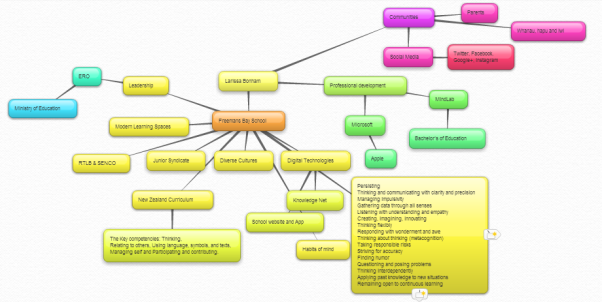
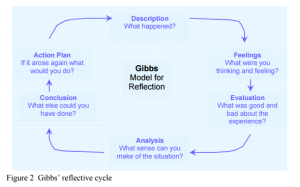
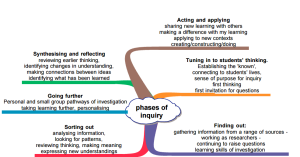

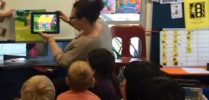
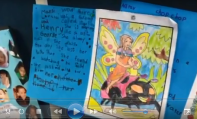
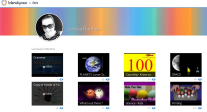
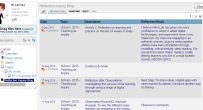
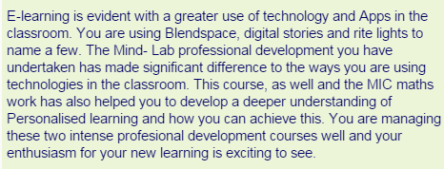 Chan, (2015).
Chan, (2015).
Recent Comments